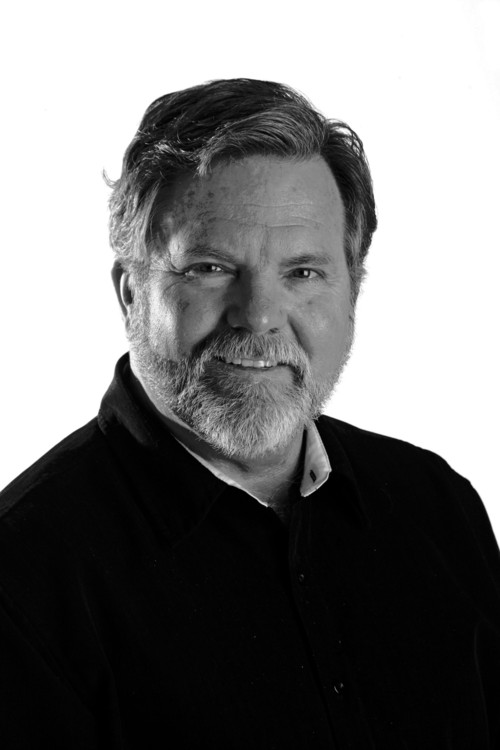This is an archived article that was published on sltrib.com in 2013, and information in the article may be outdated. It is provided only for personal research purposes and may not be reprinted.
Before he was Mark Twain, Samuel Clemens found himself at Kimball Junction, 15 miles east of Salt Lake, approaching the Mormon capital. His description of the event recalls Dorothy's first glimpse of Oz.
"... all the world was glorified with the setting sun and the most stupendous panorama of mountain peaks yet encountered burst on our sight. We looked out upon this sublime spectacle from under the arch of a brilliant rainbow."
In 1861, Twain's older brother, Orion Clemens, had secured a plum government job as secretary to the Nevada Territory (Orion would, in fact, be acting territorial governor much of the time, given the frequent absence of a legitimate governor).
Samuel was along for the ride, having skedaddled from the Civil War following an unenthusiastic two-week stint as a Confederate volunteer. His heart was never in the cause of Dixie and states' rights.
Besides, Orion was a Lincoln appointee.
It was customary for dignitaries and government agents to call on Brigham Young when passing through Great Salt Lake City, as much out of curiosity as courtesy. Young was the most powerful figure in the American West, and to many back in the States, he was Moses and Hugh Hefner rolled into one. Stories of his alleged army of wives, some scandalously tender in years, held the popular imagination enthrall.
Decent folk were disgusted and enraged by tales of Mormon polygamy — and desperate to hear more.
In 1859, Horace "Go West Young Man" Greeley himself went west to Salt Lake City to investigate. On meeting Young he found, instead of an sybaritic despot, a man, "very plainly dressed in thin summer clothing, and with no air of sanctimony or fanaticism. In appearance he is a portly, frank, good-natured, rather thick-set man of fifty-five, seeming to enjoy life, and be in no particular hurry to get to heaven."
Greeley also noted Young was dismissive of the opinion of women and wives. No man worth his salt had need of such.
The world-renowned adventurer Richard Burton took the measure of Young in 1860. The two hit it off.
"He has been called a hypocrite, swindler, forger and murderer; no one looked it less," Burton wrote in his book City of the Saints. "His want of pretension contrasts favorably with certain pseudo-prophets that I have seen."
Burton, famous for delving into the sexual habits of the cultures he visited, was disappointed that Young refused to address specifics concerning his wives and their conjugal relations.
But he gave the prophet the benefit of the doubt and made this practical observation about what he perceived to be the real driving force behind Mormon polygamy: "Servants are rare and costly; it is cheaper and more comfortable to marry them."
Orion Clemens, as a reasonably important figure, secured an appointment to see Young and took along his little brother.
Later, when Samuel Clemens had taken the name Mark Twain, he wrote:
"[Young] was very simply dressed and was just taking off a straw hat as we entered. He talked about Utah, and the Indians, and Nevada, and general American matters and questions, with our secretary and certain government officials who came with us.
"But he never paid any attention to me, notwithstanding I made several attempts to 'draw him out' on federal politics and his high handed attitude toward Congress. ... (H)e merely looked around at me, at distant intervals, something as I have seen a benignant old cat look around to see which kitten was meddling with her tail.
"By and by, I subsided into an indignant silence, and so sat until the end, hot and flushed, and execrating him in my heart for an ignorant savage. But he was calm. … When the audience was ended and we were retiring from the presence, he put his hand on my head, beamed down on me in an admiring way and said to my brother: 'Ah — your child, I presume? Boy or girl?'"
Young couldn't have "beamed down" at Twain; the two were the same height. And the parting "Boy or girl?" shot is vintage Twain invention. Though covered in humor, it's clear the encounter still stung 10 years later when Twain got around to writing about it in Roughing It.
In John Turner's excellent new biography, Brigham Young: Pioneer Prophet, Young is, in turns, ruthless, charming, petty and beneficent. His heavy hand is evident in virtually every aspect of life in early Utah.
But above all, Young comes off as a fierce protector of his people and his religion.
Twain discovered, like many before him, and many who came after, that the cagey Yankee polygamist gave nothing away to outsiders.
Pat Bagley is the editorial cartoonist for The Salt Lake Tribune.



